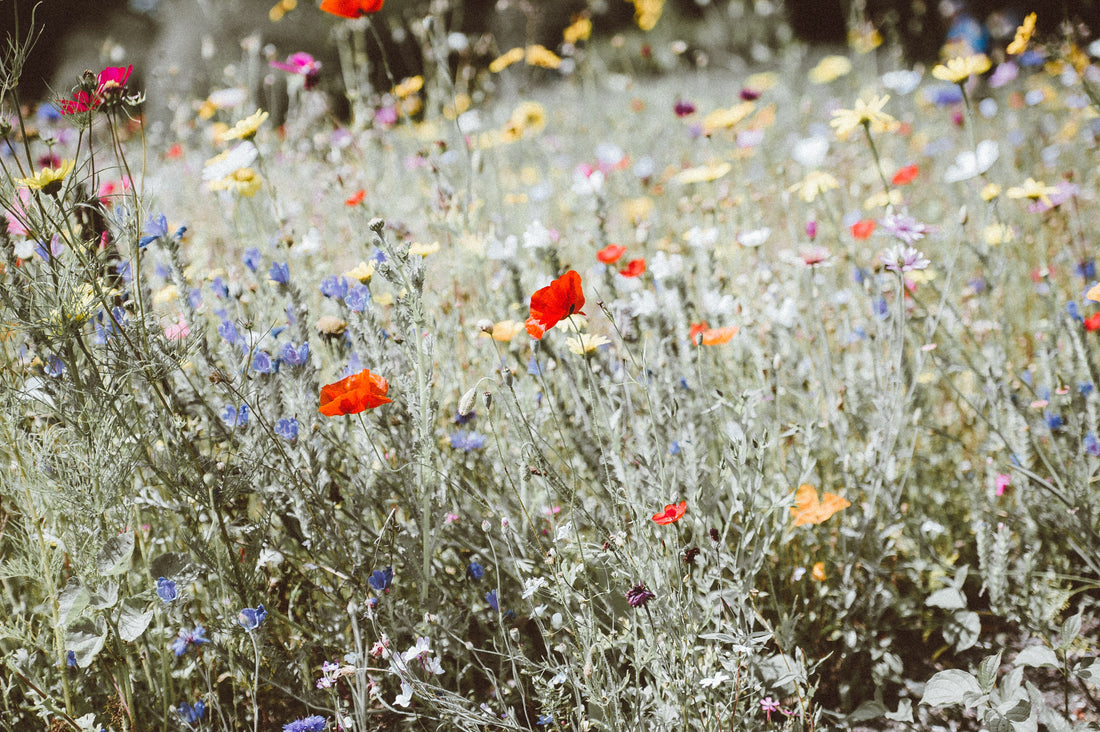7 tips on how to make your garden wildlife friendly

Photo by Annie Spratt on Unsplash
Reconnect with nature by turning your garden into a haven for wildlife. Our gardens are just as important for insects and bugs as the rural countryside – think about the surface area of all of our gardens put together, that’s a vast and varied space. Small changes to your garden can have a real impact on wildlife, ecosystems and their environments.
That’s why we’ve come up with seven changes you can make to your garden to ensure wildlife thrives again.
1. Bird box with feeding option
Bird boxes are an important tool when introducing wildlife into your garden. Birds are crucial to your garden’s ecosystem, so adding a safe feeding environment will help ensure they flourish. Not only this, but during spring birds can use the box to nest and lay eggs. If placed in a sheltered area, high above ground with a healthy amount of protein-rich feed, birds will flock to your garden, positively impacting its natural ecosystem.
2. Insect hotel
Insect hotels can be built from a collection of rotting wood, twigs, bamboo, small rocks and dead leaves. Bugs and insects have differing needs when it comes to hibernation or calling a place home, so supplying a variety of environments will help invite a wide selection of species. Place the hotel in a damp, shaded area for the best result.
You could also make a hotel specifically for bees; with their numbers declining globally in recent years, it’s crucial we encourage bees back into the garden. Tie a bunch of bamboo sticks together and attach to the wall or to a wooden rod placed in a flowerbed.
3. Plant a tree
Trees will have a huge impact on attracting wildlife to your garden. If you have the space, plant multiple trees next to each other to create a wooded area. If you have a smaller space, one tree will still have a positive impact, creating a sheltered space for birds, squirrels and insects. You could also attract bats if you choose the right tree – willow should give the best chance at this.
4. Grow wildflowers
Flowers are beautiful to look at, but are also an incredible way to invite insects into the garden. They create pollen and nectar which is important for food pollination. Wildflowers like bluebells, lavender, any type of climber, nocturnal flowers and foxgloves are a few of many flowers which will encourage bees and butterflies back into your garden.
5. Compost bin
A compost bin is a natural, sustainable and environmentally friendly way of creating a home for wildlife. Not only is it a natural way to dispose of your waste, but it helps enrich the soil with nutrients which makes it habitable for an array of insects and amphibians. Beware of cooked food though, this may attract foxes, rats and any other unwanted creatures.
To ensure waste composes properly, place the compost in a warm, dry area which is protected from the rain, has drainage and air vents.
6. Pond or water feature
A small pond or water feature is an ambitious but extremely rewarding way to reintroduce wildlife into the garden. Not only will it encourage dragonflies and co, but also the amphibious creatures of frogs and toads. Water lilies and its cousins will help your garden look beautiful as well as create a new underwater ecosystem.
7. Keep the weeds
Weeds aren’t the prettiest to look at, they can grow anywhere and, if not kept in check, can overwhelm a garden within a few weeks. However, they’re often a vital food source for insects and have a big impact on the ecosystem. With this in mind, it might be time to think if there’s a way you can incorporate them into your wildlife friendly garden.
If you enjoyed this and are looking for new ways to update your garden, have a read of 21 small garden ideas.
Share
Tags
- outdoor living
- tips





